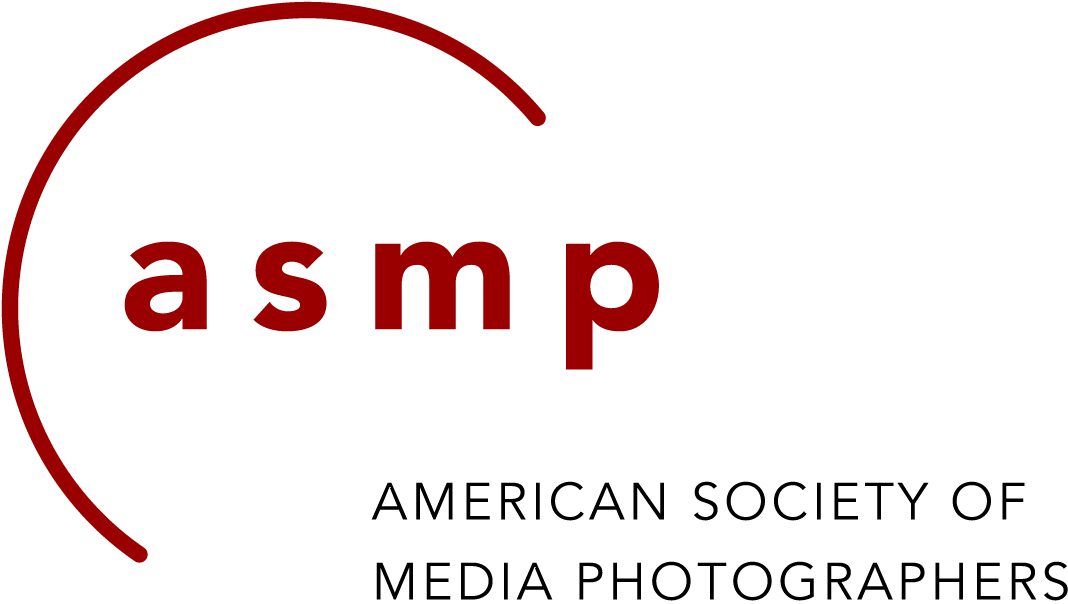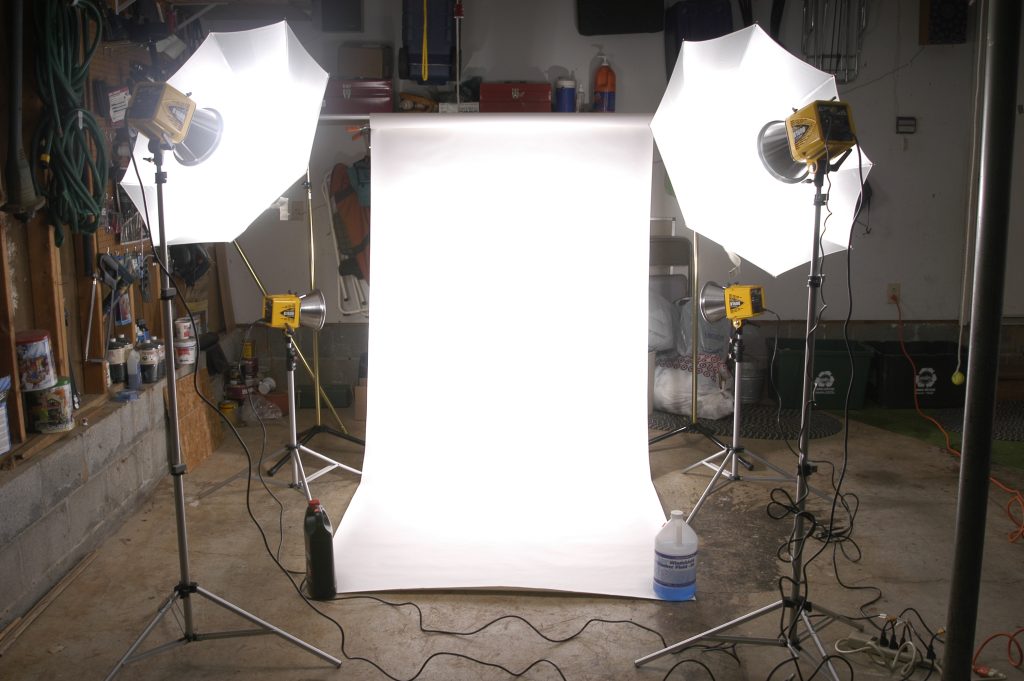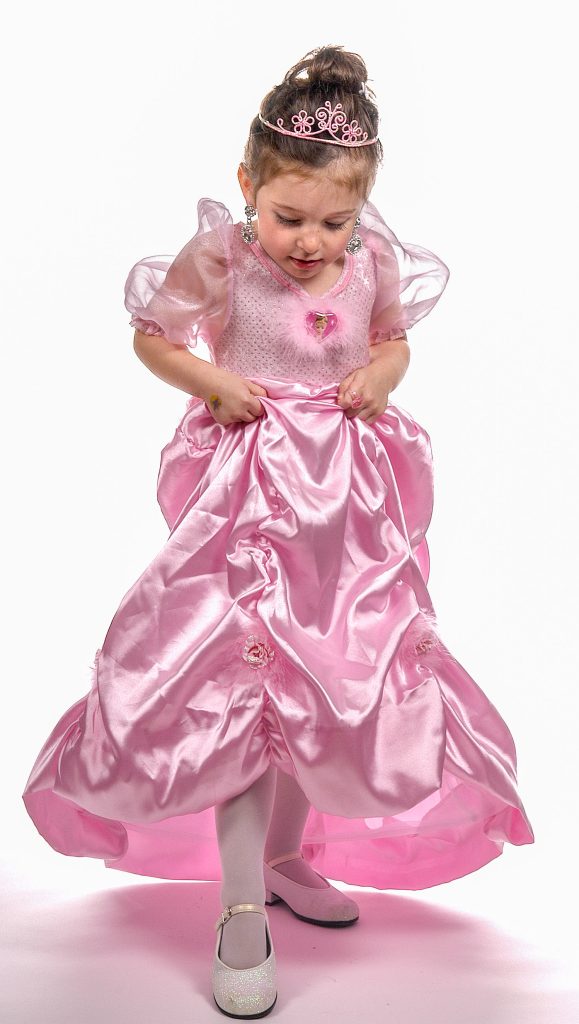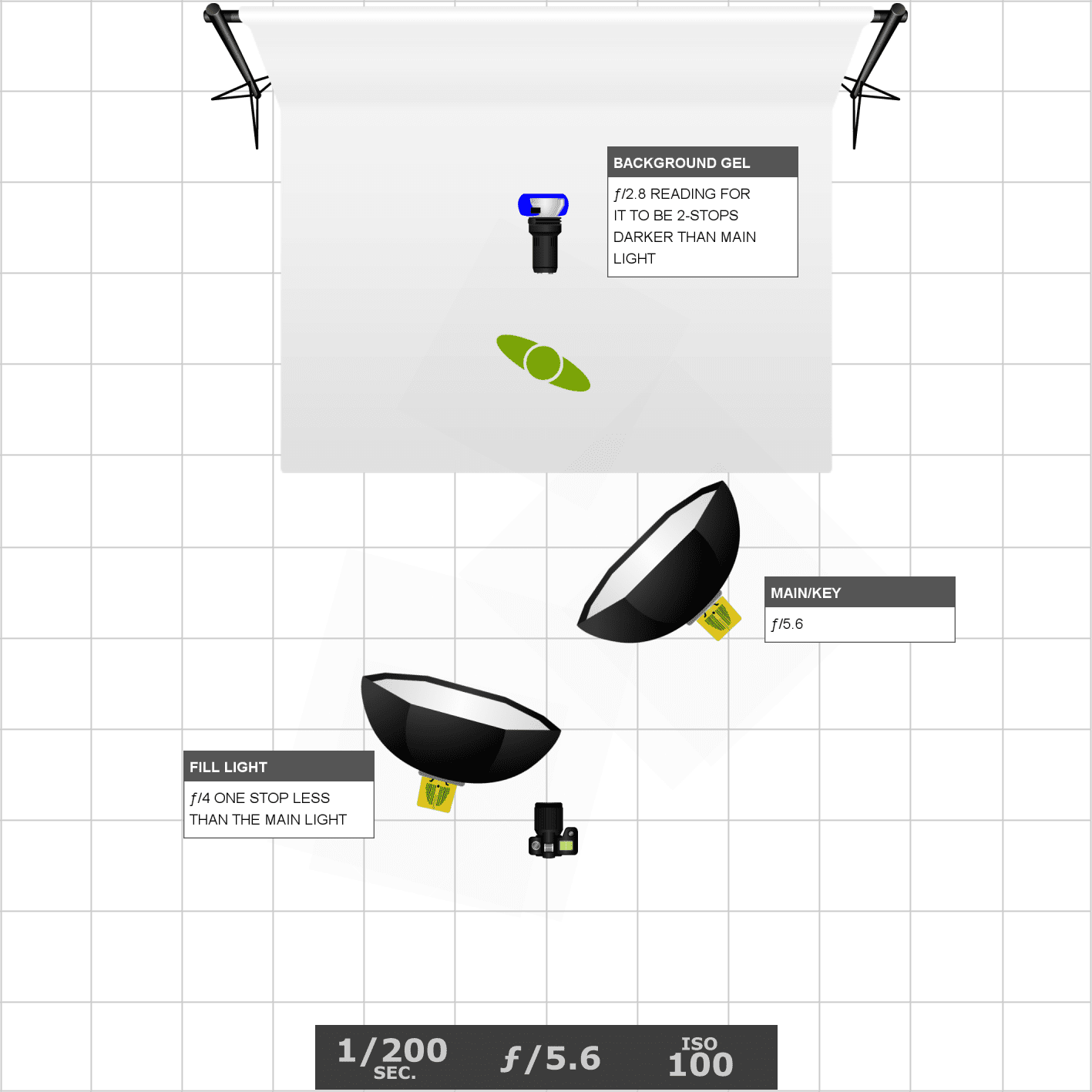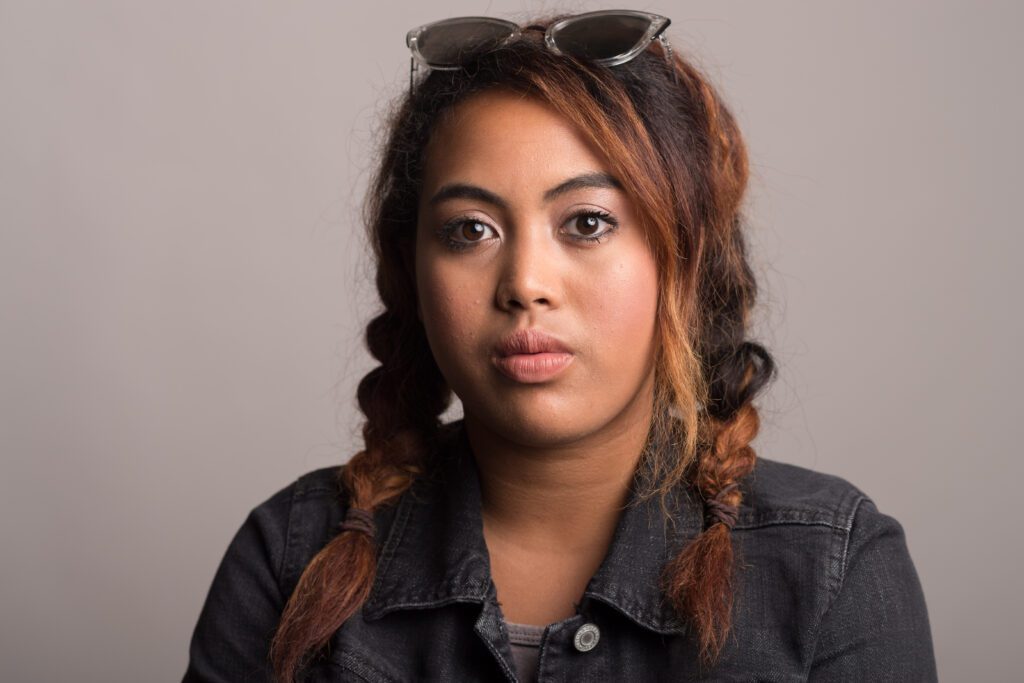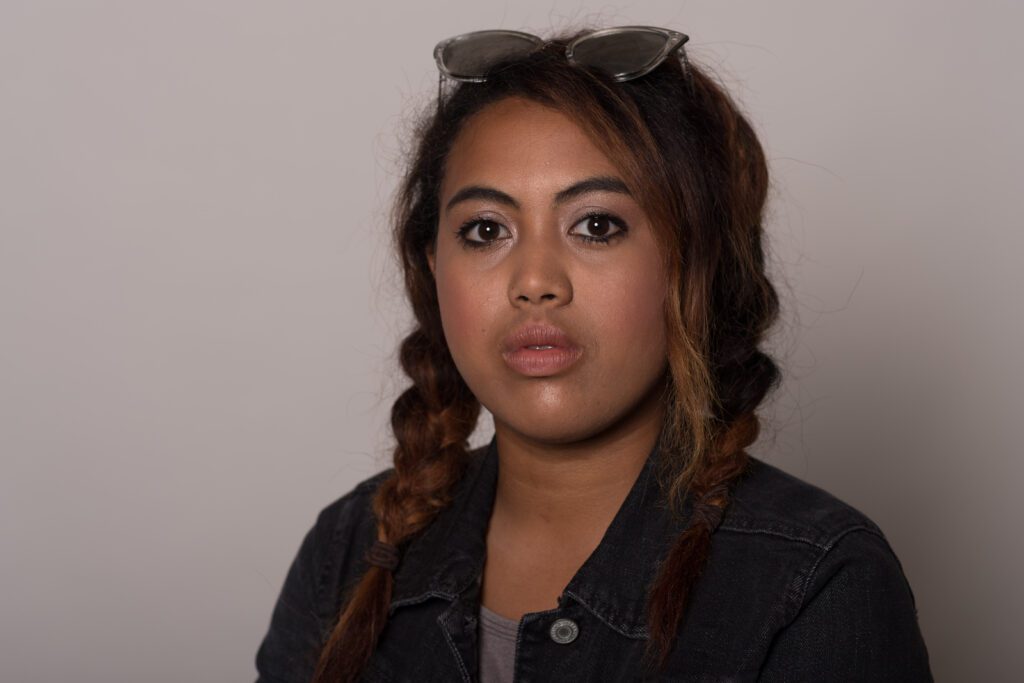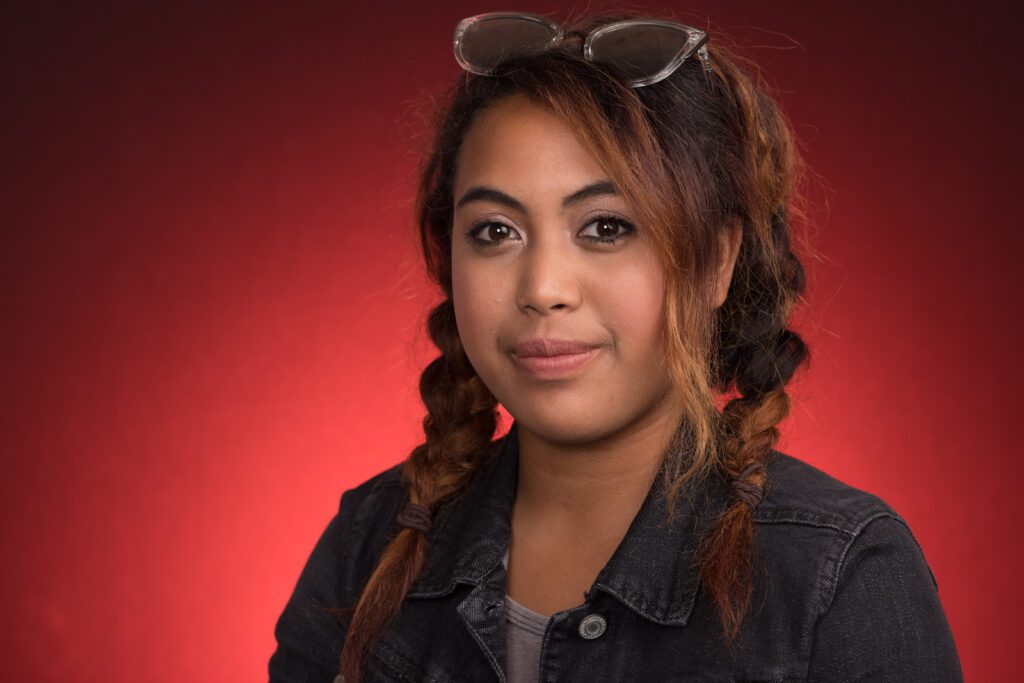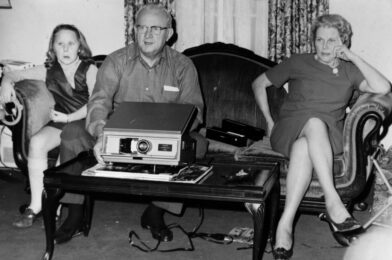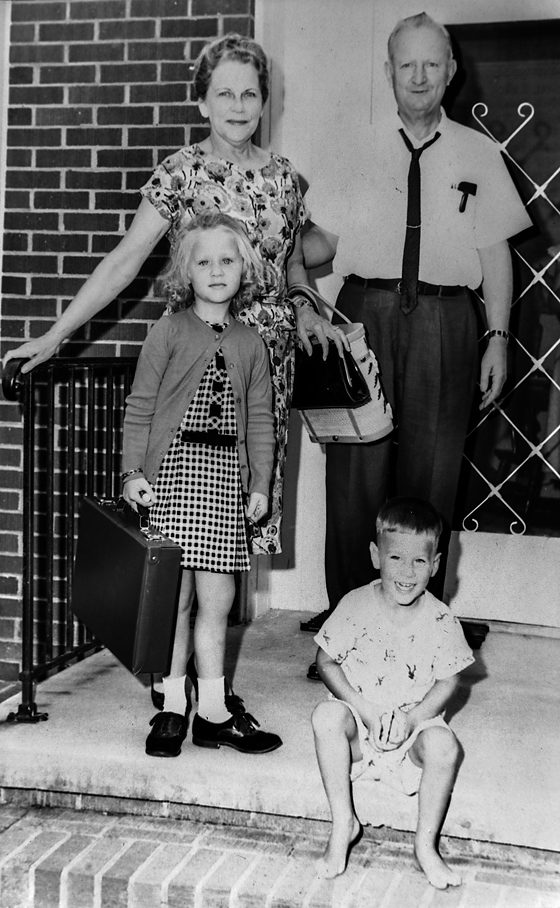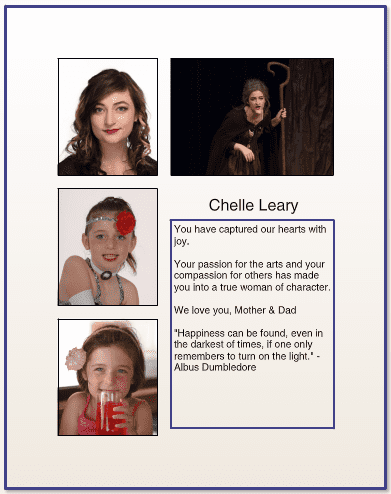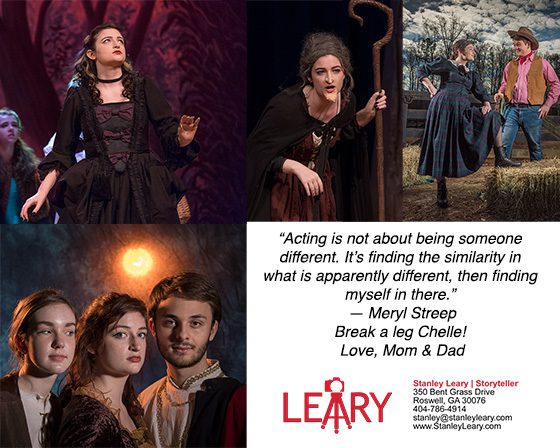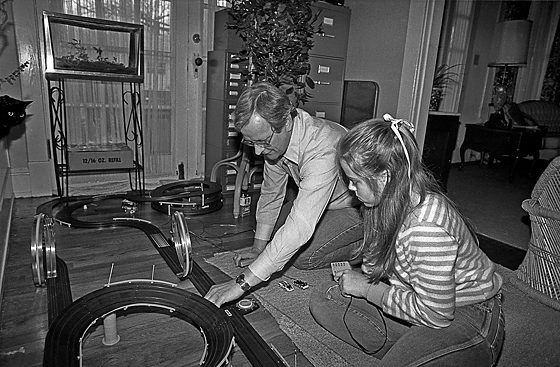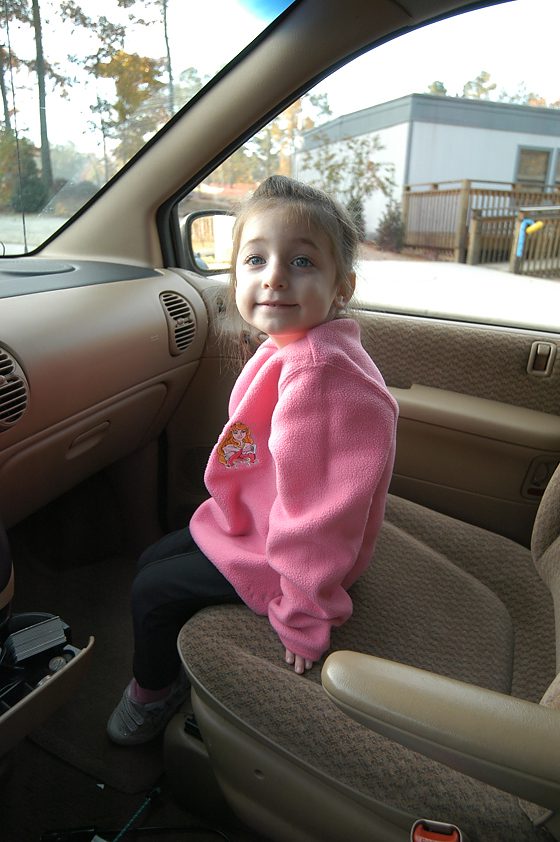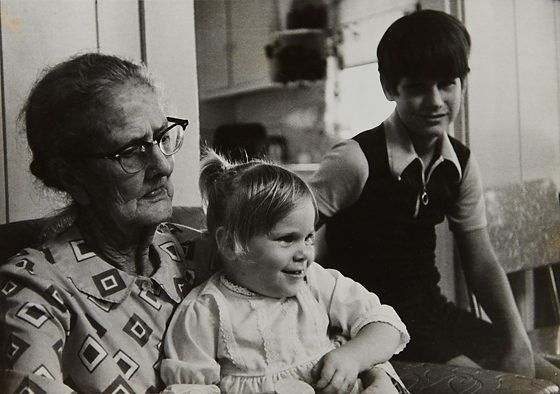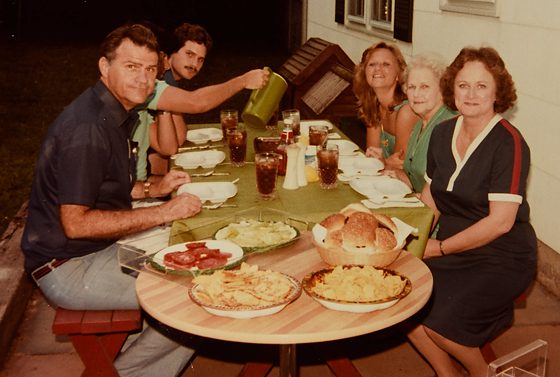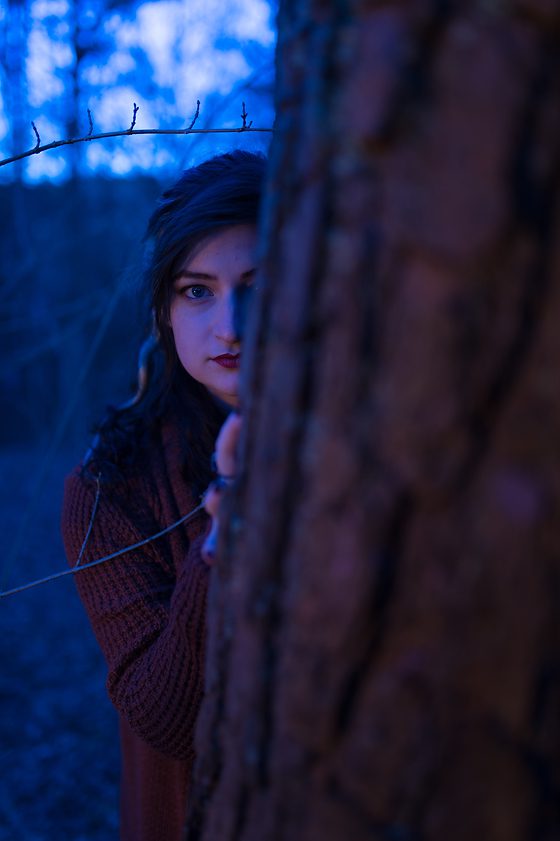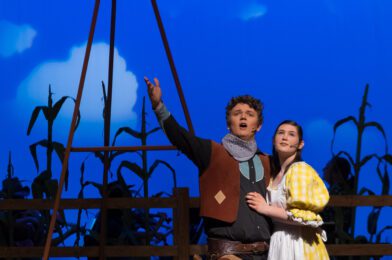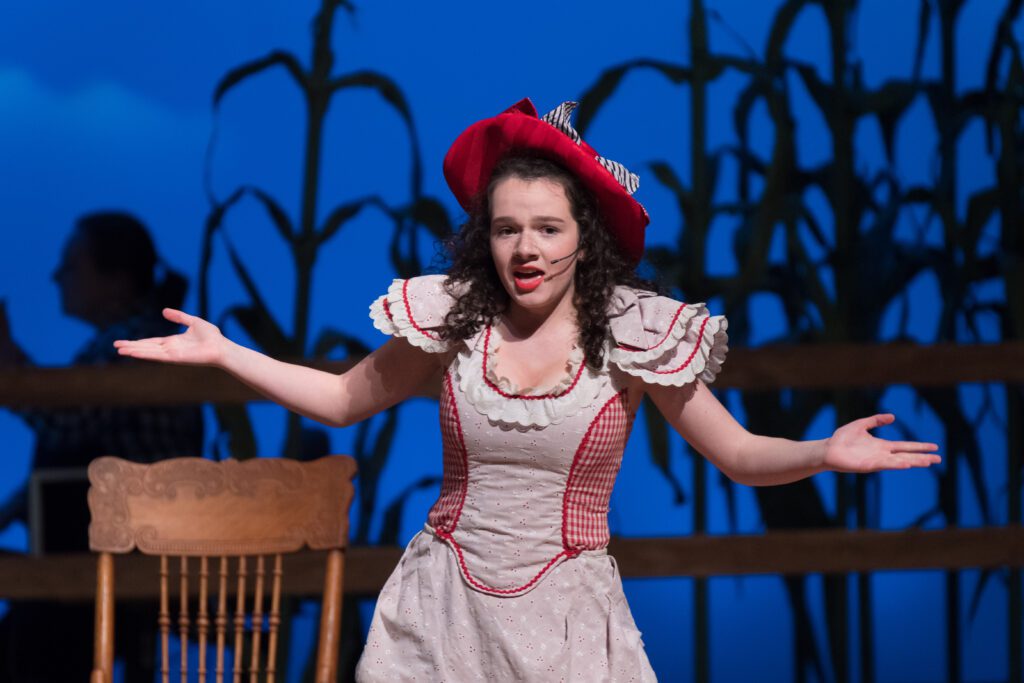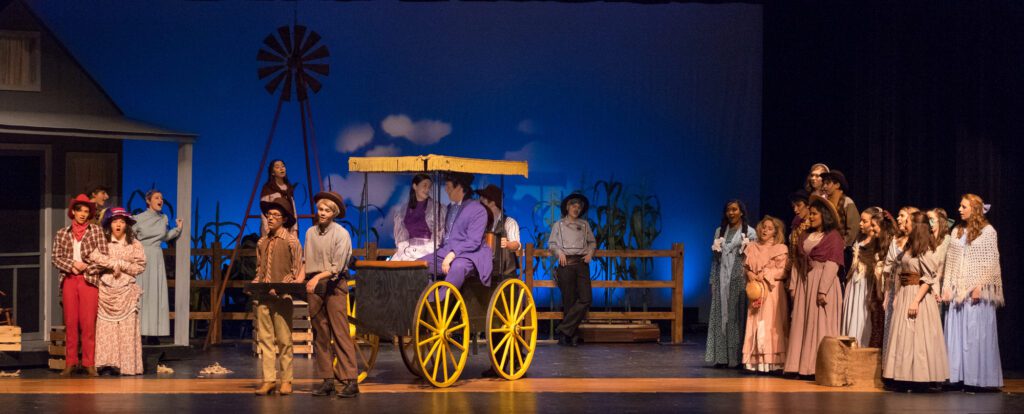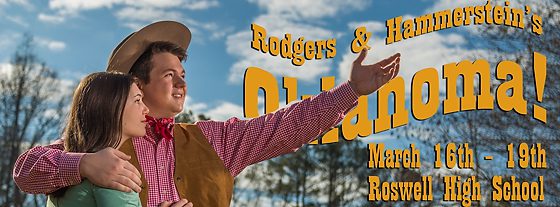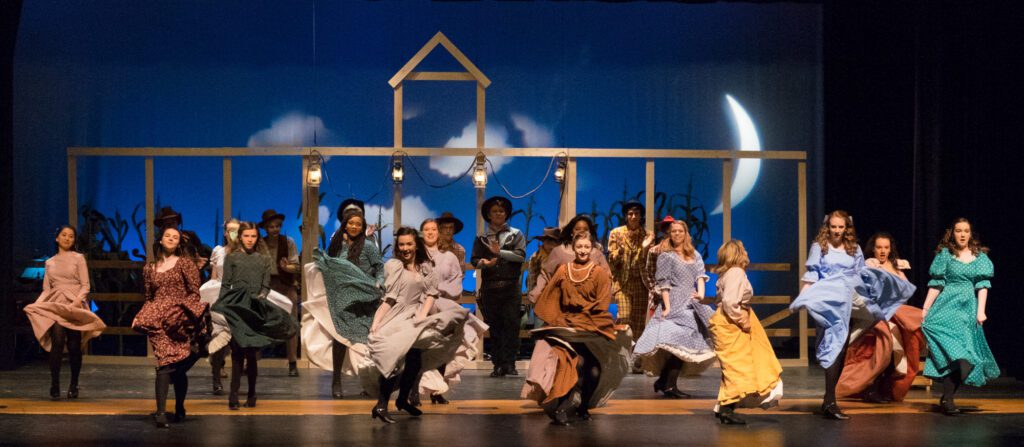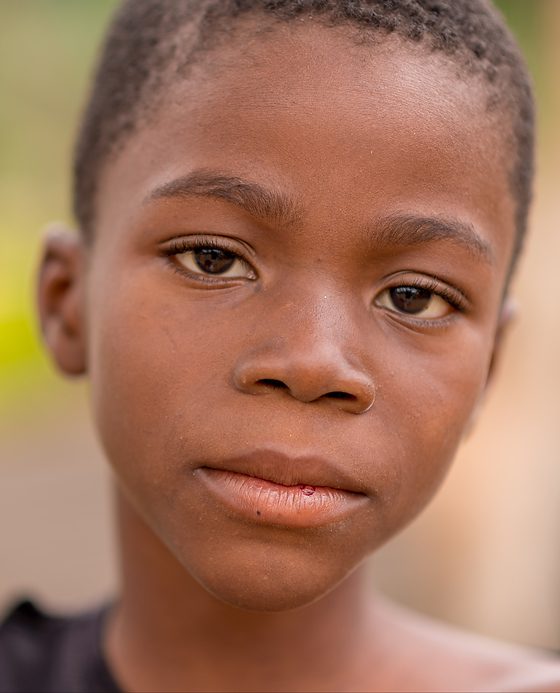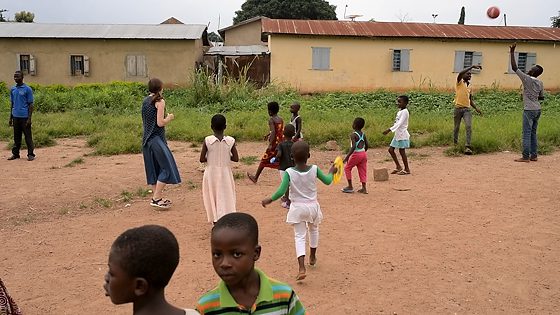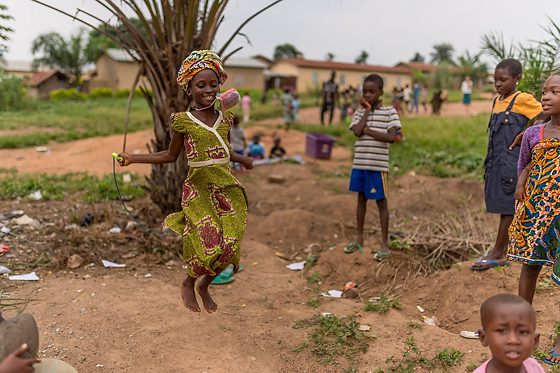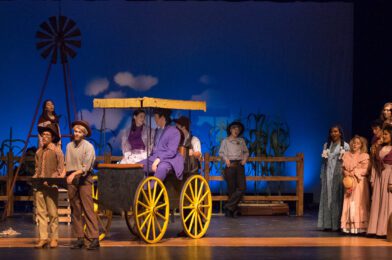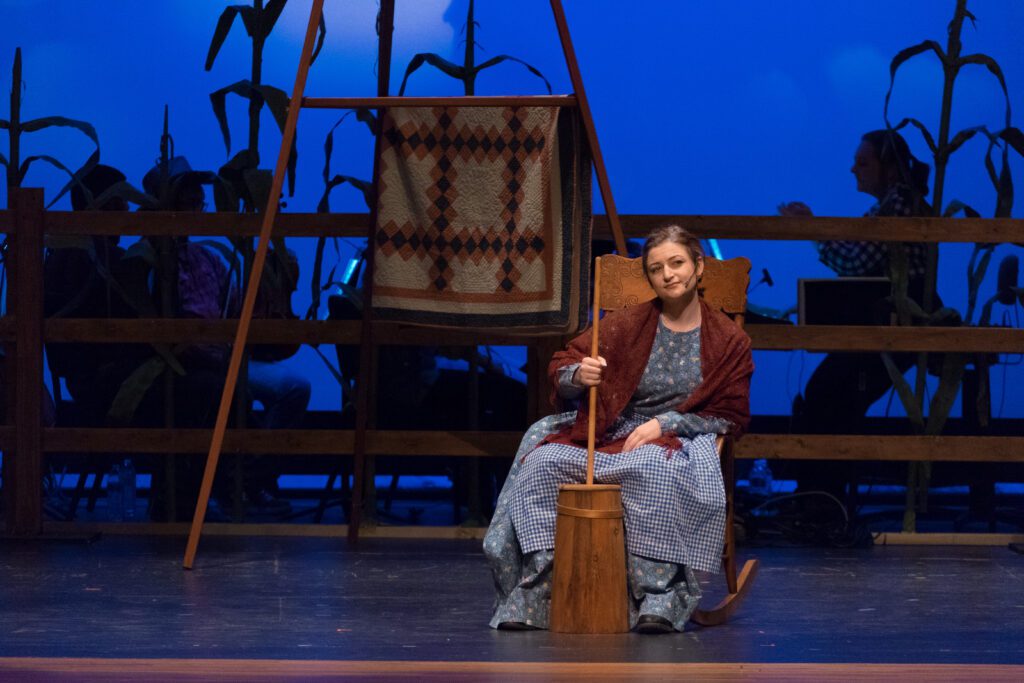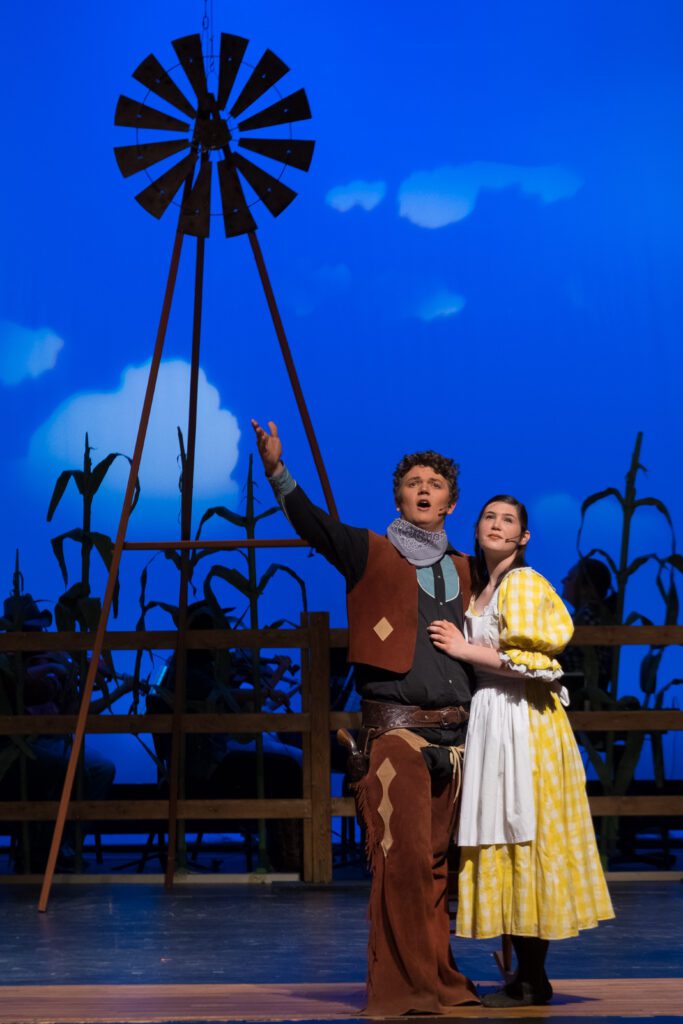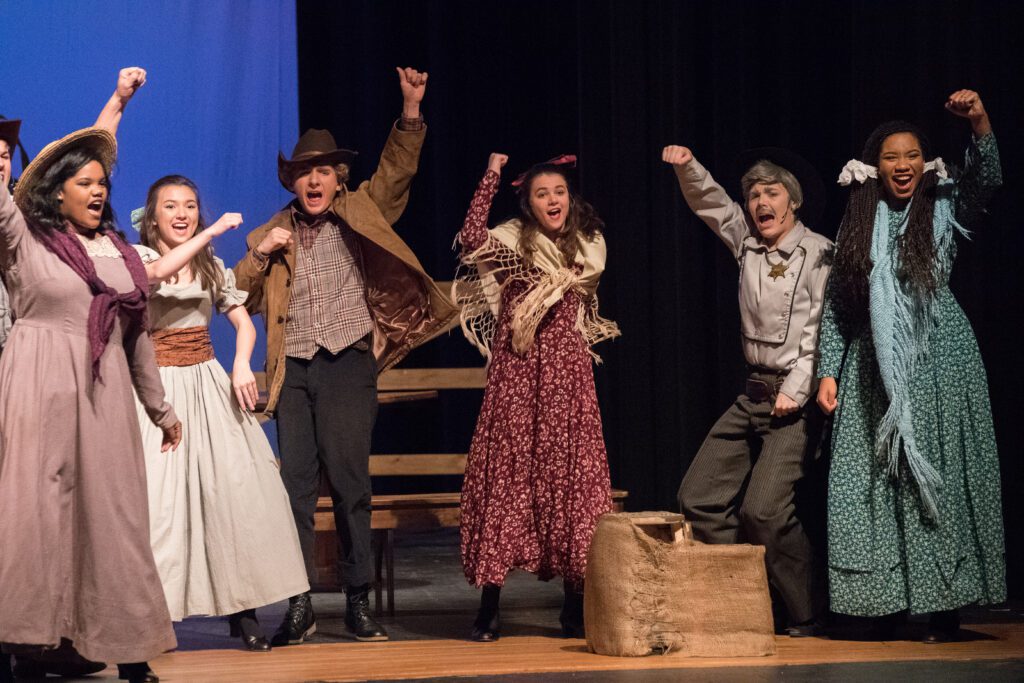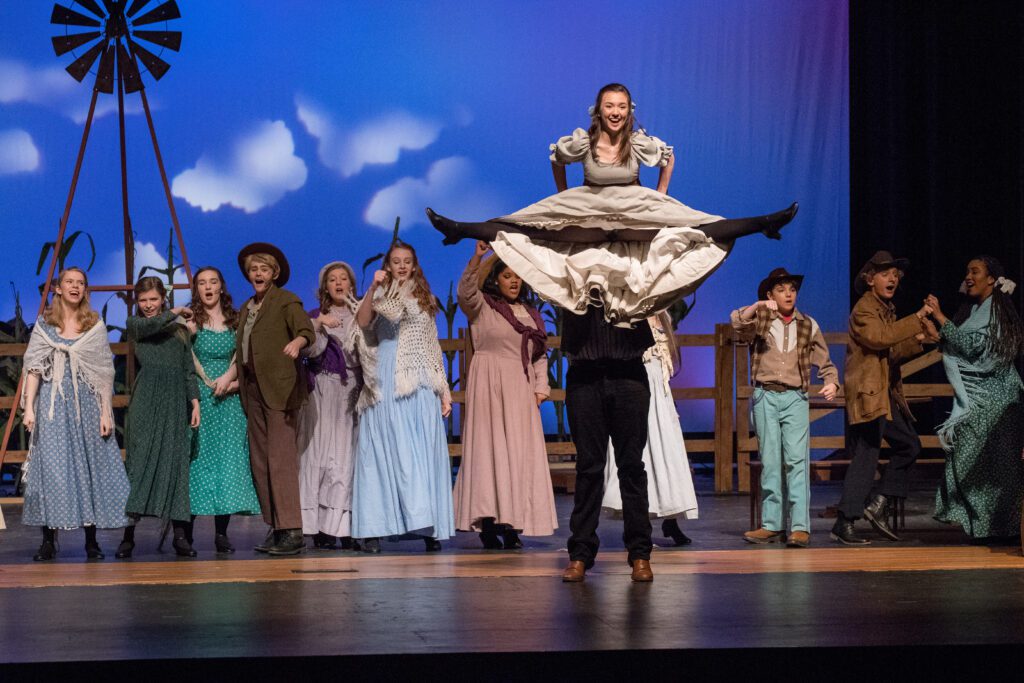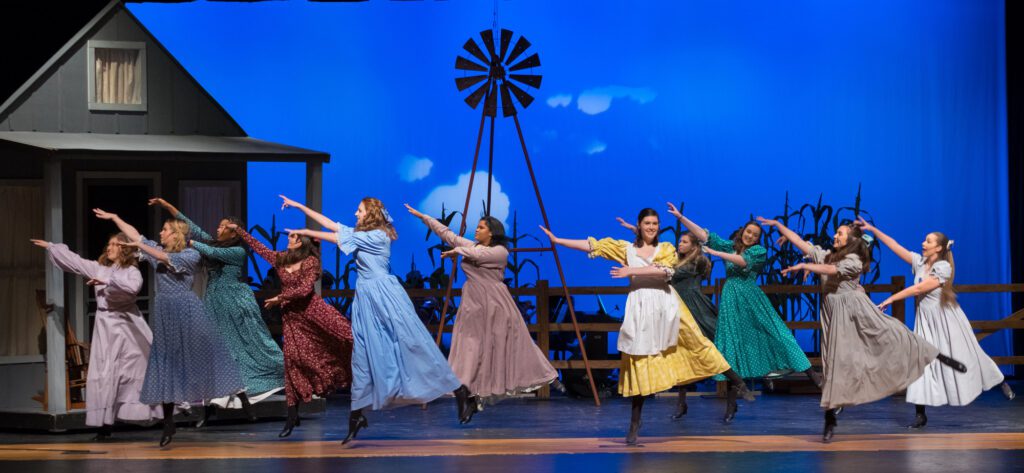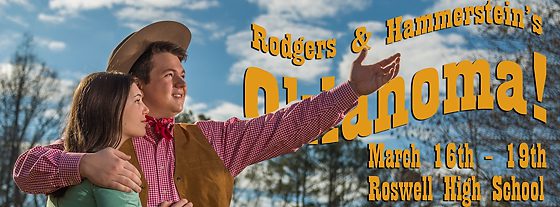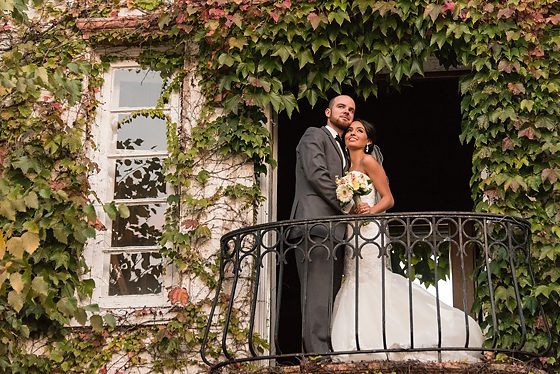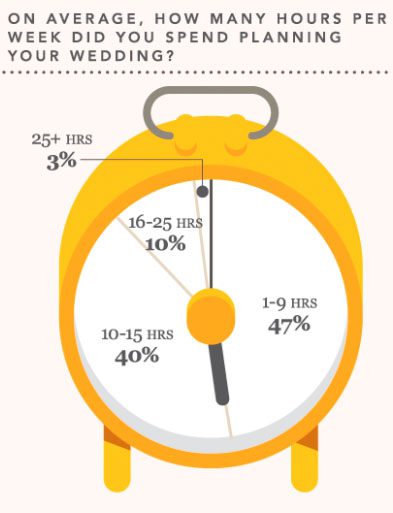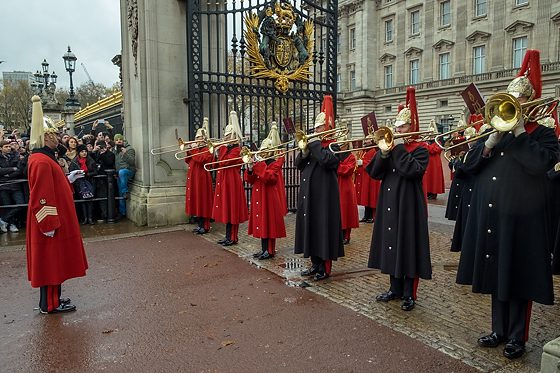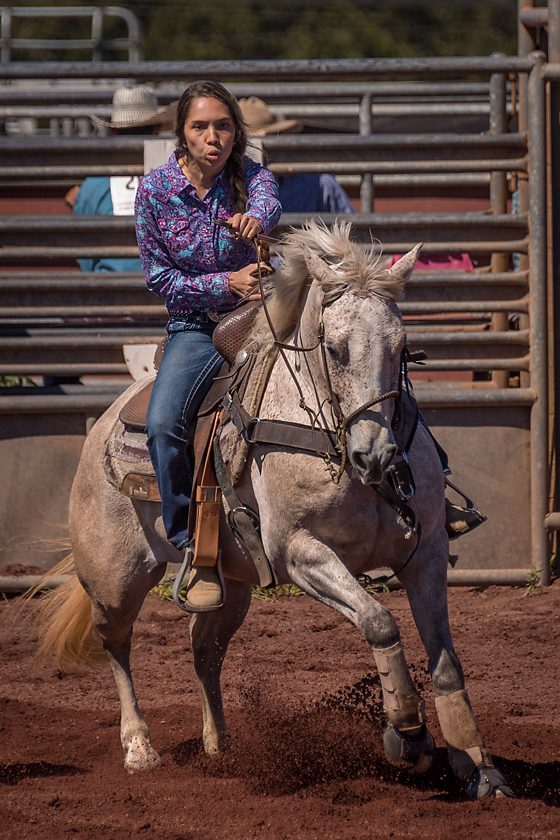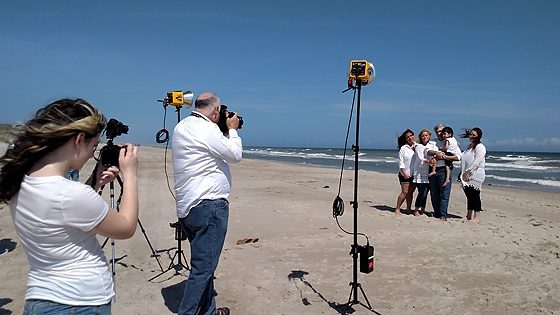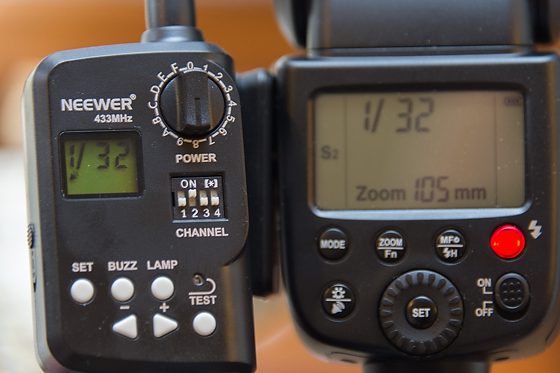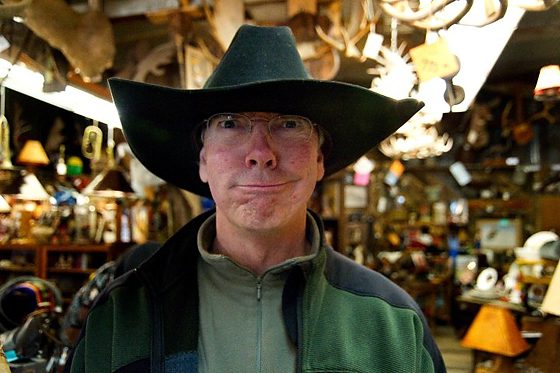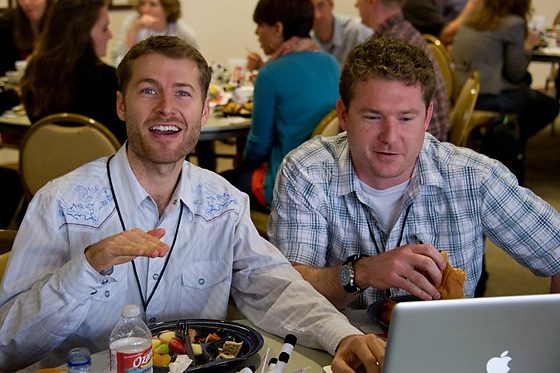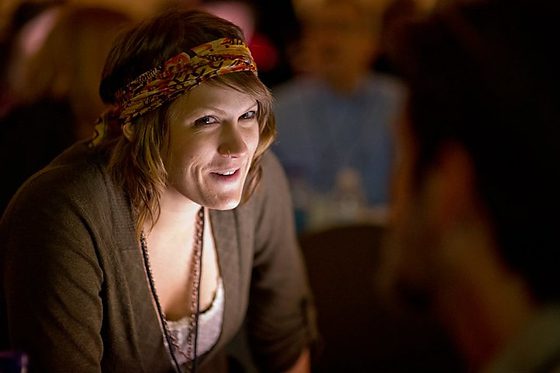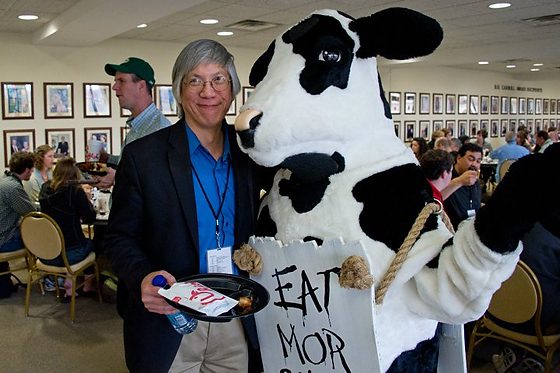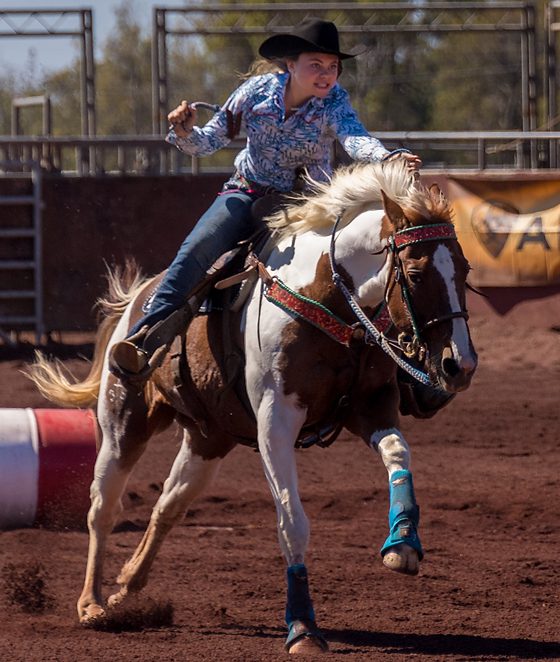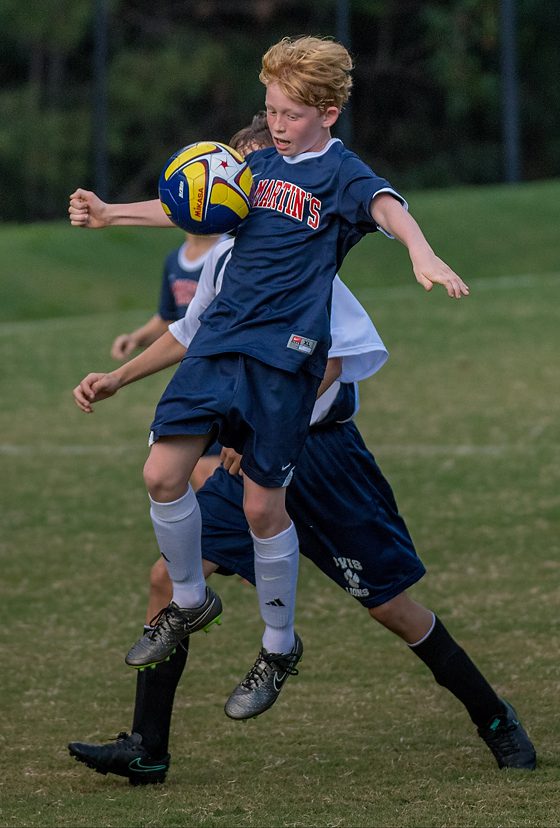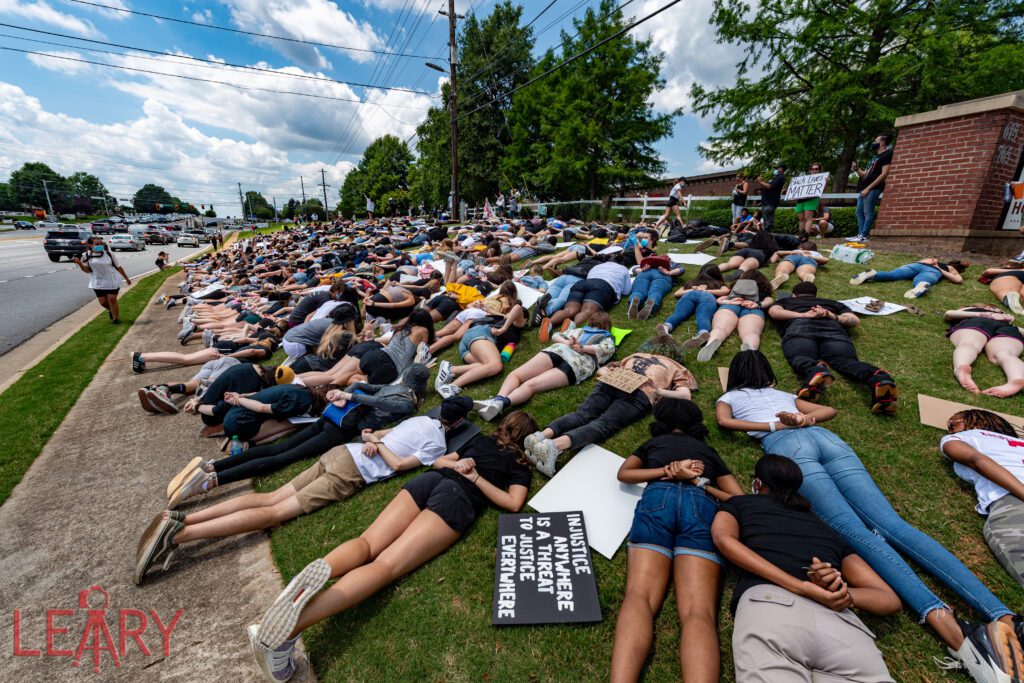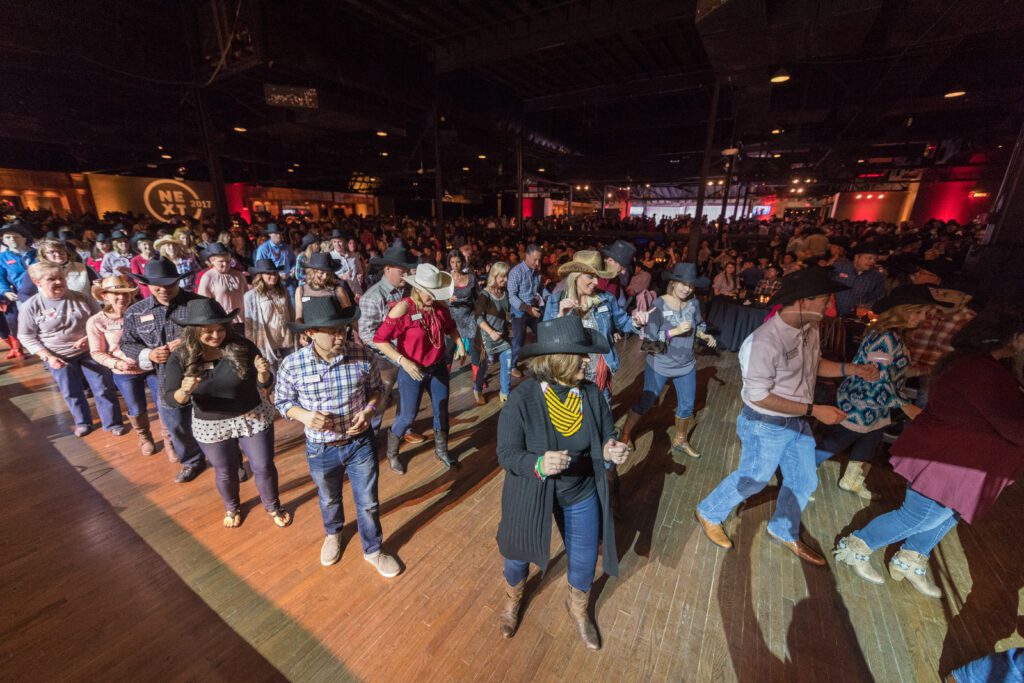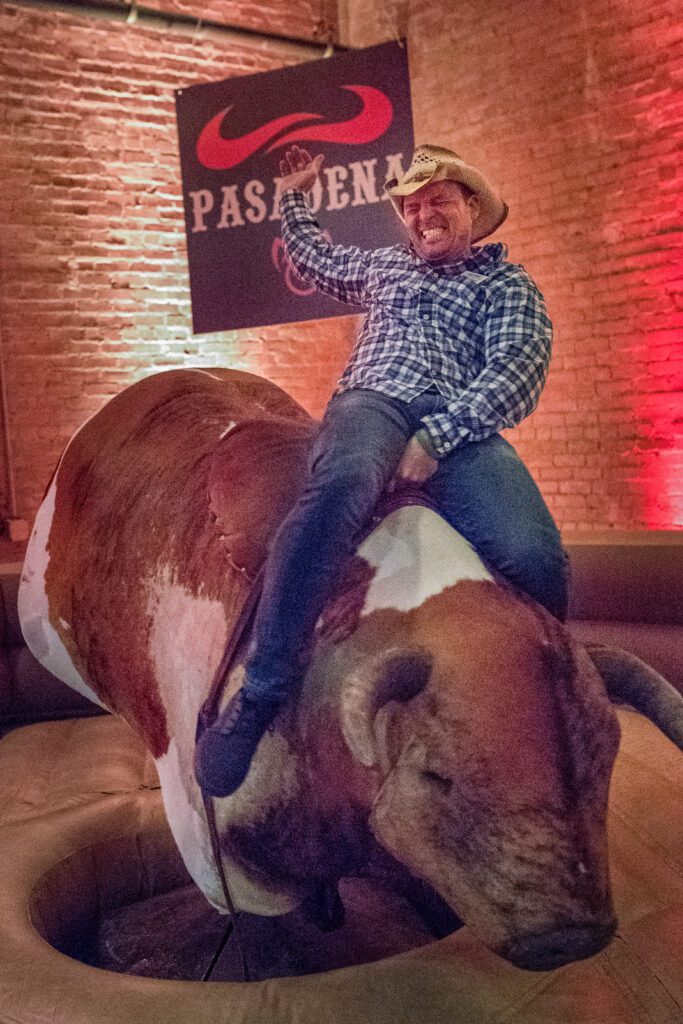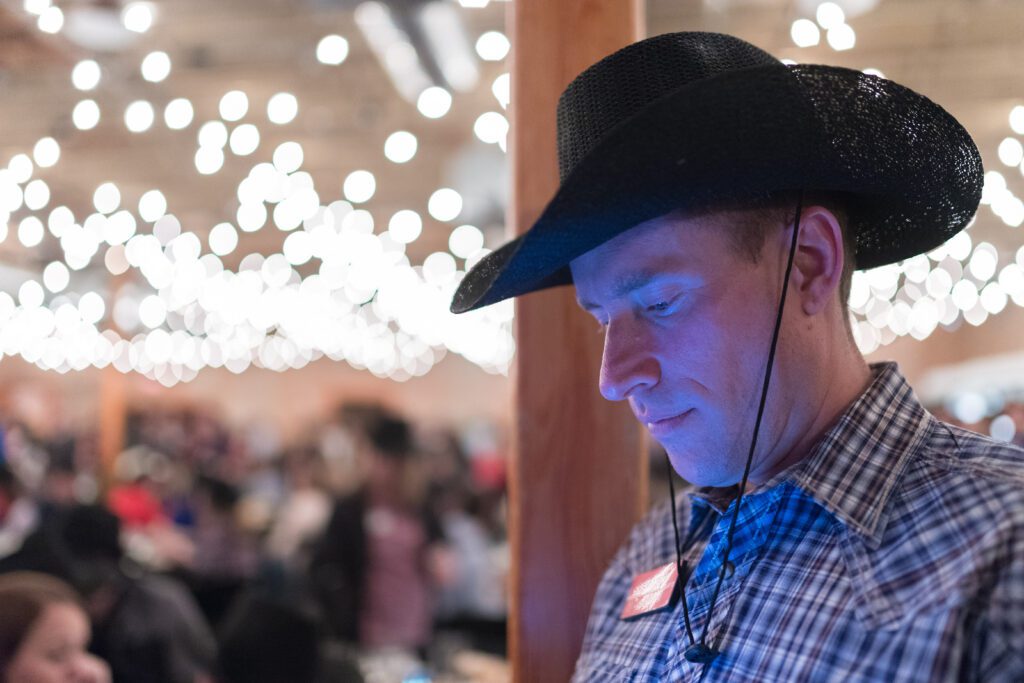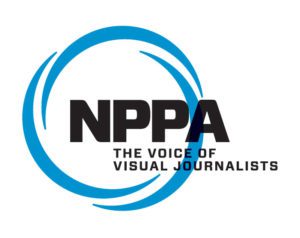

An association is a conglomerate of professionals engaged in the same profession working toward goals that promote the best practices and ethical behavior and provide services for the general welfare and common benefit of all members.
But what happens when an industry starts losing jobs, as in photojournalism?
Photographers, artists, and videographers have experienced a 43 percent decrease in jobs since 2000, dropping from 6,171 to only 3,493 jobs in 2012 — the most significant difference faced by newspaper staffers, according to the American Society of Newspaper Editors (ASNE). Reporters and writers were next in line, dropping jobs by 32 percent. Copy editors, layout editors, and online producers lost 27% of all jobs.
However, while there are parts of the industry, shrinking photography usage is at an all-time high.
This year, according to the market research firm InfoTrends, global consumers will take more than one trillion digital photos.
The number of photos taken each year is exponential: It has nearly tripled since 2010 and is projected to grow to 1.3 trillion by 2017. The rapid proliferation of smartphones is mostly to blame. Seventy-five percent of all photos are now taken with a phone, up from 40 percent in 2010. Full-fledged digital cameras now represent only 20 percent of the tally and are expected to drop to just 13 percent by 2017, InfoTrends said.
Photographers produce and preserve images that paint a picture, tell a story, or record an event. To create commercial-quality photographs [photos people will pay you to take], photographers need technical expertise, creativity, and the appropriate professional equipment. Producing a successful picture requires choosing and presenting a subject to achieve a particular effect and selecting suitable cameras and other photographic enhancing tools.
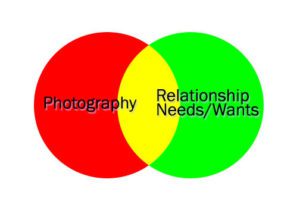
I think each professional photographer either consciously or subconsciously looks at an organization as a way that will help them grow professionally and socially. The question about these organizations is whether they can meet those needs/wants and relationships that professional photographers desire.
NPPA, ASMP & SWPJC provided: [they didn’t do all these each of them, but collectively for me, they did]
- Education
- Advocacy
- Networking
- Benefits
- Health Insurance
- Camera Insurance
- Discounts with vendors
- Benchmarking
EDUCATION
Before the internet, these organizations were pretty much it when it came to those services; after the internet and when it became easy for people to create their websites and share photos/videos, there was a lot of World-Wide competition.
Here are some people that put more on their websites for free photography education than the organizations ever offered:
- David Hobby – The Strobist
- Improve Photography LLC
- FStoppers
Others came along and took their production of the content up to higher levels and then charged for their services. Scott Kelby was the biggest name in photography doing this, who started PhotoShop World and KelbyOne. More recently, Jeremy Cowart tells you not to spend money on a four-year college but spend it on his online See University. By the way, that isn’t an accredited school.
ADVOCACY
While I have been appreciative of all the work ASMP and NPPA have done on copyright protections, none of this helped me keep any staff job or assignment.
Professional Photographers would be lining up to join the organizations if the advocacy was helping the average photographer.
I am sure the lawyers and leaders of those organizations can point out how protecting copyright is necessary. However, for the last 20+ years, more and more clients are now more copyright-savy, asking for all rights or asking you to work for hire. We did a great job empowering those hiring us and had little to do with protecting our incomes.
I am also sure that without all this help from the lawyers, we would be even worse off. But then, Advocacy is seldom realized in a tangible way for a professional photographer to join an organization. They need help getting jobs and knowing how to keep them.
NETWORKING
Today with social media, we are more connected than ever before. We can organize with other photographers in our communities for free.
An organization/association can offer some requirements to be a member and, due to those standards, offer a quality environment for its members. This is one of the enormous benefits of an association. There is a filter so that those in the group are what you want to meet up with.
Benefits
It is difficult to get discounts without an organization that can negotiate this with vendors. The vendors want access to the membership, and the members need help keeping their costs down.
WHY?
The question people must ask is, “Why?”. Why do I need an association? Do associations need to be asking why they exist?
Once an organization can tell you in a sentence its purpose, people can quickly decide if that purpose meets their needs to survive.
Associations today haven’t caught up with where their membership lives. They lack focus that services their member’s needs.
BIG SECRET!!!!
The one thing people are looking for more than anything else is relationships that are genuinely enriching their lives. First, they want to be accepted by people as they are. They want those relationships to help them grow. Challenge them to get better and be there when things are difficult for them.
When an organization works hardest at treating people with honor, dignity, and respect–It will grow in membership.
Why did so many photography associations shrink? First of all, many jobs disappeared in traditional places. Second I believe the members were not all treated with honor, dignity, and respect.
People want in a relationship not so much to get something but to be allowed to give. Not everyone was welcomed or cherished.
The big secret is that people are looking for relationships. How respectfully will we be to nurture this so they and the organizations will grow?

